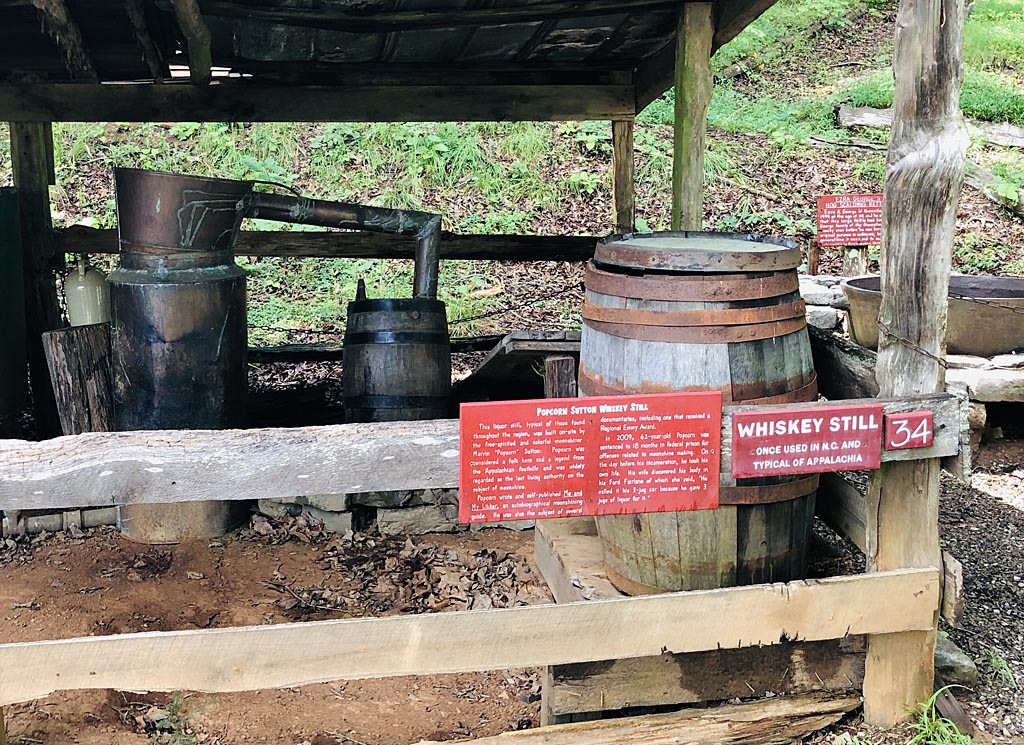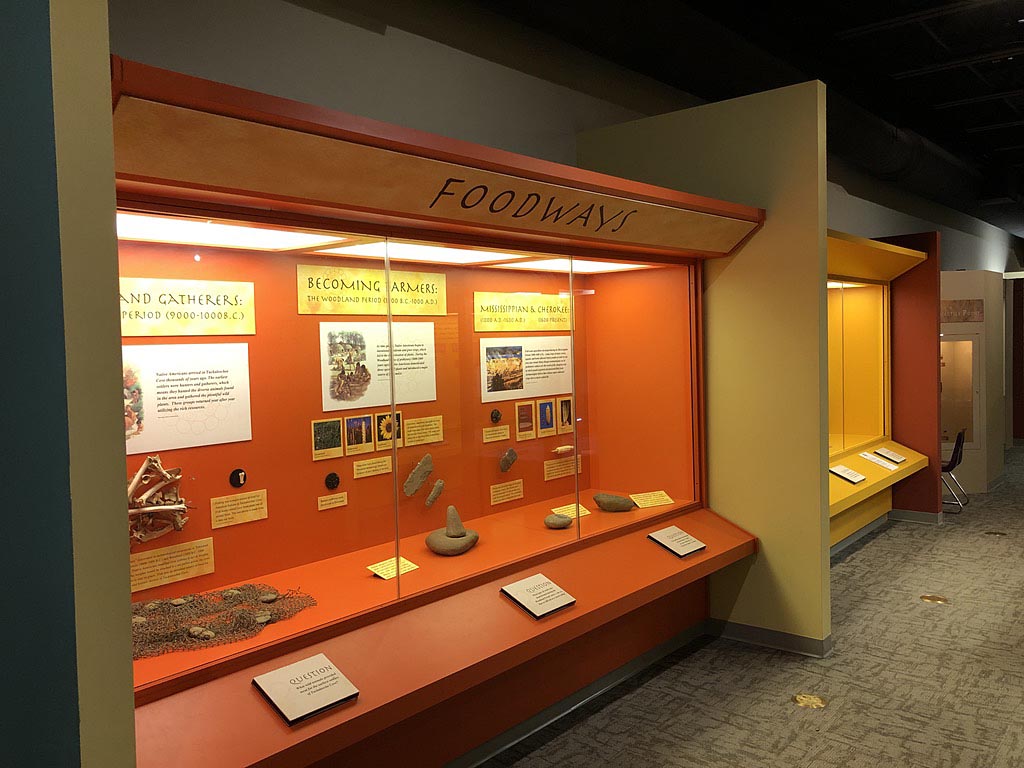“What do you want to do when you grow up?” Or maybe the question was, “Who do you want to be when you grow up?”
Thinking back on our conversation, I’m not really sure I heard the question correctly, or maybe I just heard what I thought was being asked. Nevertheless, I found it an odd question to ask someone who had recently turned 70. So I answered as truthfully as I could, that I am who I wanted to be when I grew up.
So is the question, if asked of a much-younger me, what do you want to Do with your life? Or should the question more appropriately be, what kind of person do you want to Be when you’ve “grown up,” at whatever age that seems good to you?
A Fireman. A Doctor or Lawyer. A Soldier. A Pilot. A Pharmacist. A Cowboy. A Rancher. A Teacher or a Counselor. We have at least one of these professions represented by someone in my extended family. But that really isn’t the question to ask anymore, is it? Because we all know that these professions don’t often last a lifetime, that our career paths may change at some point, and that wanting to be a Fireman as a young boy might actually lead one to a career as an EMT.
But what do you want to Be when you grow up? that is really the question we try to answer for ourselves if we are at all self-aware.
Recently my wife and I took a communications course through our church. If you haven’t been exposed to the temperaments vs. personality discussion before, I can not more highly recommend this course. Information about the workbook along with accompanying videos are available online here, but I would say, take it with a group through your business, church, or other social group.
“I Said This, You Heard That” really helped me begin to understand some of the differences between personality (that which is changeable and often what we present to the world) and temperament, that which is hard-wired in and not changeable.
I bring this in to the discussion because what we do, and who we are, flow from our temperaments more than our personalities. So for instance, I am sanguine: I am an extrovert who enjoys people more than tasks. But for a great deal of my career I was employed in creative, yet very task-oriented professions. For years I had thought that the “what do you want to be” question could only be answered with a “what do I want to do” statement. I want to Be an Artist is not the same answer as I want to do art.
So back to my friend and the question over our Starbucks. My answer to him was essentially, I am who I want to be when I grow up. I want to be kind, caring of others, not entirely focused on myself. I want to be a person who knows Jesus and the scriptures, who has a desire to lead others in their discovery of Him. I want to be a person who cares about the environment, and politics, and upcycled furniture, and flowers in the garden, who enjoys the world God created. I want to be a person who is generous with his time, knowing that all that we have is a stewardship and not owned by us.
Have you given it some thought what (or rather who) you want to be when you grow up? Where are you on your journey of discovery? Or are you at a place in your life now where you want to pivot, less doing and more being? I raise my vanilla latte to you and say, all right, let’s talk!







